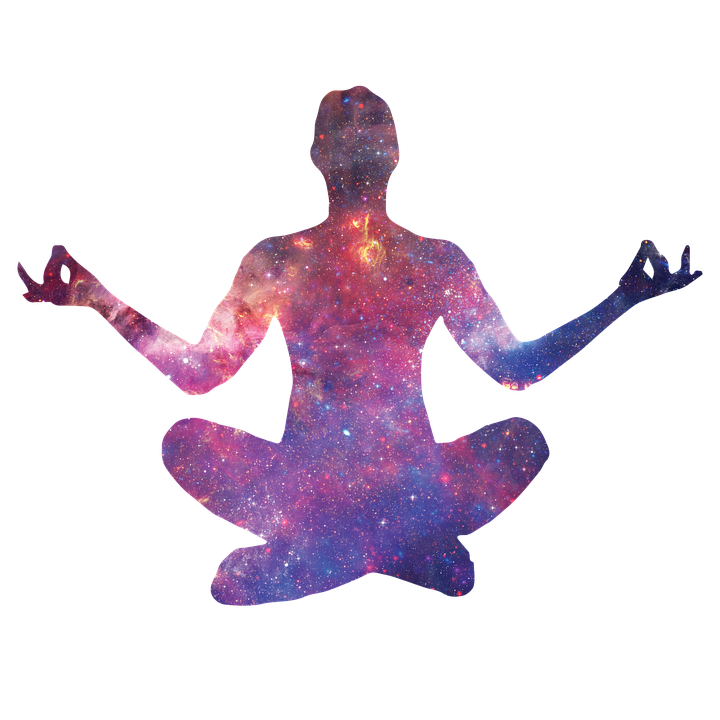The ego and the me. Learn to differentiate them
It is true that one of the most difficult times when talking about the practice of mindfulness or mindfulness, is when the ego and the ego appears. Moreover, even detachment, or not to judge; the relationship between the ego and the ego is “dynamite” in the way of understanding.
Mark Epstein, in “Against Me” published in Kairos offers us a good job in this regard. This book I invite you to discover your book will become head when interact with ego and self.
About ego and self, spoke on the radio program www.vivirenlapiramide.com Esther Ontiveros runs in La Voz de Granada , and has Estrella Piné, and you can hear from this link “MIRA YOU SAY PROGRAM” ( are the last 20 minutes).
It is a complicated matter to explain, since we spend our lives in full identification with our character or characters thinking that or those are me, and enlarging the ego, because in our Western culture, we have always thought that building a strong ego, solid and reinforced, it was secured personal development and self – realization. Big mistake.
The excessive and uncontrolled aggrandizement, ego leads to a number of absurdities, sufferings and problems. But what’s that ego and self ?.
Mark Epstein, a psychiatrist and professor of psychology at New York University, shows in this book that true fulfillment is not obtained with material or psychological acquisitions, but that development staff, working through detachment.
Work through mindfulness or mindfulness face to proceed with a de-identification of our own ego, it is a good passport to freedom between ego and self.
Epstein, speaking of ego and self, part of the premise that “the notion supported by Western psychology is wrong” and shows that “from a Buddhist perspective, separated and individualized is not the solution and the problem and happiness has less to do with acquisition- and whether material or psychological as delivery “.
The book is divided into four parts corresponding to the four levels of spiritual practice and, according to the author, receive the name of the look, smile, hug and orgasm.
To try to understand and shed light on this dilemma between ego and self, is sufficient to state a paragraph Epstein book that I encourage you to read. The author says: “I speak of Cando from the perspective of Western psychology, we often focus on the beauty of the tune – in the singing of yo- but when we look from the perspective of Buddhist psychology, we emphasize the beauty of we suggest, the beauty of space in which is immersed. “
This vision between Western eyes and look east through Buddhism, we talked about how the ego and the ego are identified and disidentify. And we talk about the emptiness that human beings live many times throughout our lives to what Epstein says that “when we feel empty, we must not allow empty paralyze us. If we are to achieve privacy, we must let go; If we want peace, we must learn before to appease our own mind; if we want to attain liberation, we must learn to put an end to our own desires. “
So that when you refer to the relationship between ego and self, it has clear that ” it is possible to cultivate a mind that is not identified or reject and thereby change the way we experience time and our self” .
In short, a revealing book, you will understand the true relationship between the ego and the ego from different perspectives. A job at the end, depending on the position you adopt. As I always say; it’s up to you. The sense of happiness depends on you. Acts and do not be fooled by siren songs that just take you to the confusion and pain.






